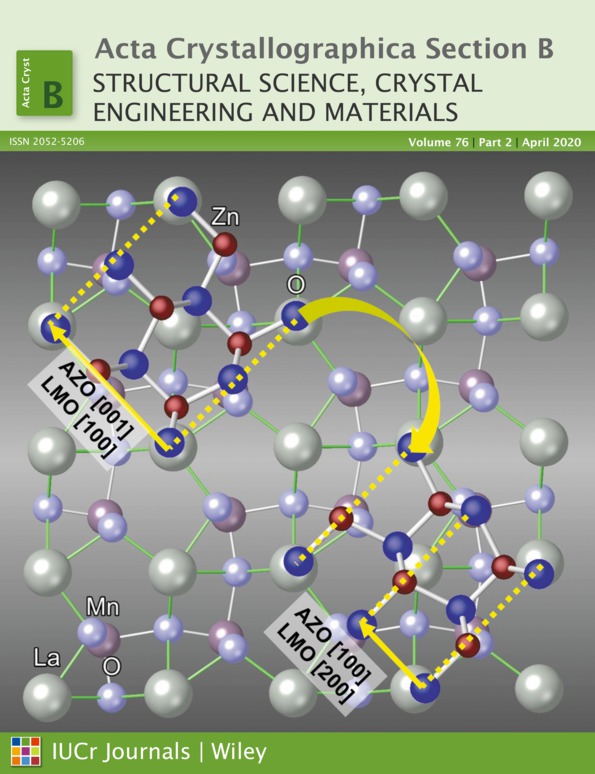The order–disorder transition in Cu2Se and medium-range ordering in the high-temperature phase
Abstract
The high thermoelectric performance of cuprous selenide (Cu2Se) arises from its specific structures consisting of two independent sublattices, i.e. the rigid face-centered cubic (f.c.c.) Se sublattice and the flexible Cu sublattice showing a variety of ordered configurations at numerous interstitial sites. Upon increasing the temperature, the Cu sublattice undergoes an order-to-disorder transition but the details of the structural evolution have not been fully elucidated. Here, in situ transmission electron microscopy (TEM) is used to investigate the thermally induced structural changes of Cu2Se in both real and reciprocal spaces. Order–disorder transition was found to proceed in nanoblocks accompanied by the structural fluctuations between low-temperature and high-temperature phases. Electron diffraction revealed the emergence of medium-range ordering of Cu atoms in the high-temperature f.c.c. phase. By referring to the Coulomb interaction evaluations, the superstructures for the medium-range ordering were constructed. Such medium-range atomic ordering was sustained over a wide temperature range (from the phase transition temperature to over 800 K in the TEM) but gradually changed to short-range ordering as indicated by the appearance of diffuse scattering rings.




